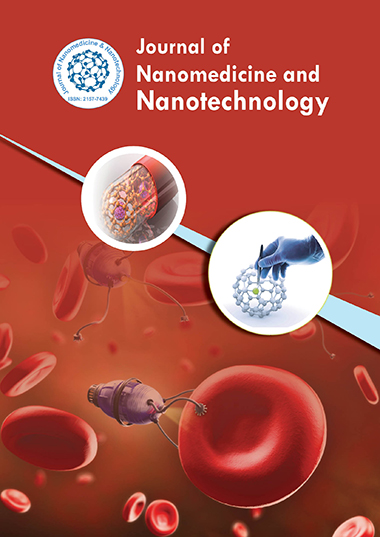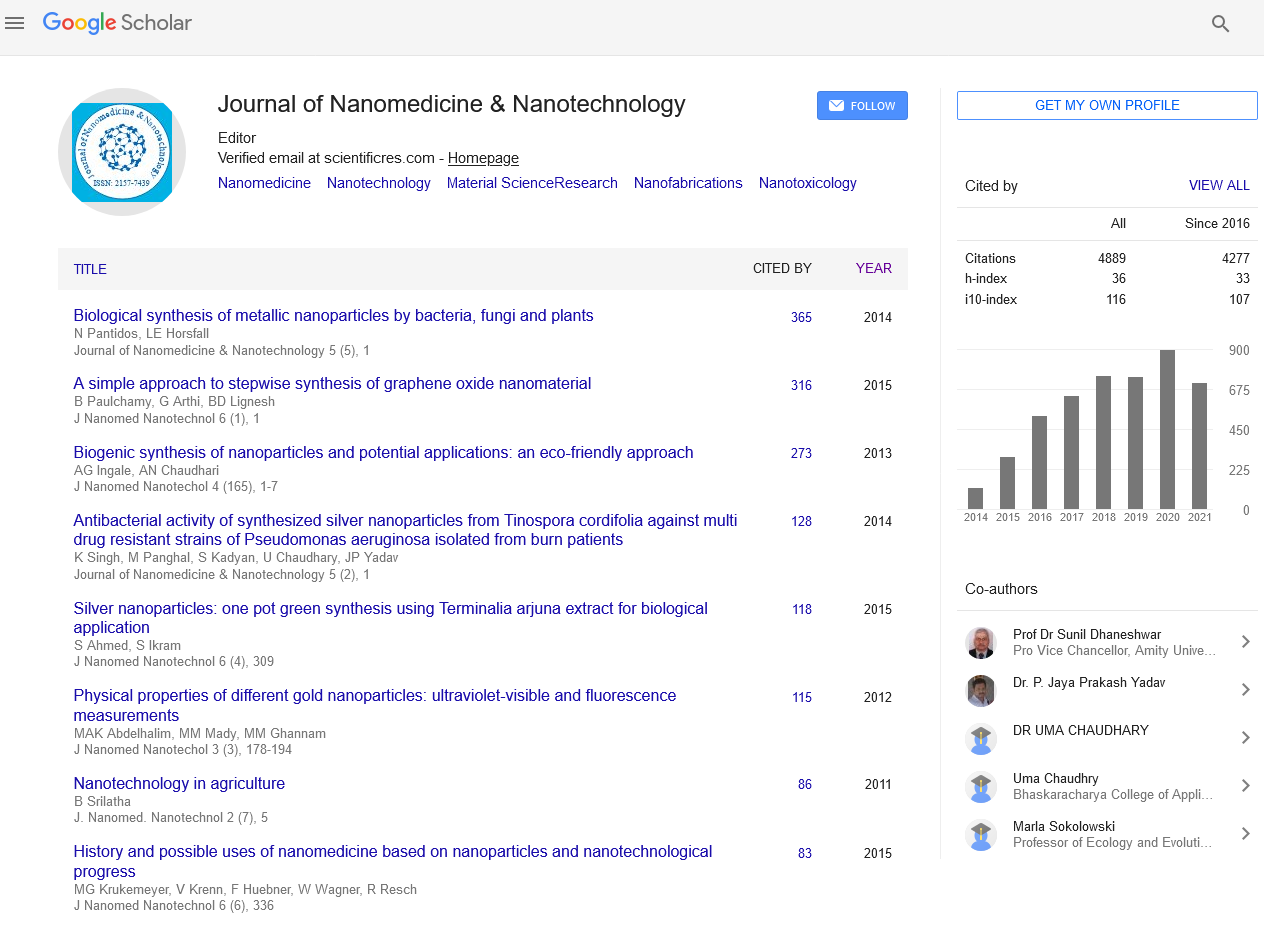Indexed In
- Open J Gate
- Genamics JournalSeek
- Academic Keys
- JournalTOCs
- ResearchBible
- China National Knowledge Infrastructure (CNKI)
- Scimago
- Ulrich's Periodicals Directory
- Electronic Journals Library
- RefSeek
- Hamdard University
- EBSCO A-Z
- OCLC- WorldCat
- SWB online catalog
- Virtual Library of Biology (vifabio)
- Publons
- MIAR
- Scientific Indexing Services (SIS)
- Euro Pub
- Google Scholar
Useful Links
Share This Page
Journal Flyer

Open Access Journals
- Agri and Aquaculture
- Biochemistry
- Bioinformatics & Systems Biology
- Business & Management
- Chemistry
- Clinical Sciences
- Engineering
- Food & Nutrition
- General Science
- Genetics & Molecular Biology
- Immunology & Microbiology
- Medical Sciences
- Neuroscience & Psychology
- Nursing & Health Care
- Pharmaceutical Sciences
Wassana Yantasee
Wassana Yantasee
OHSU School of Medicine,
Mail code: CH13B, Center of Health and Healing, 3303 SW Bond Ave, Portland, Oregon 97239
Tanzania
Publications
-
Research Article
Nanoporous Sorbent Material as an Oral Phosphate Binder and for Aqueous Phosphate, Chromate, and Arsenate Removal
Author(s): Thanapon Sangvanich, Worapol Ngamcherdtrakul, Richard Lee, Jingga Morry, David Castro, Glen E Fryxell and Wassana YantaseeThanapon Sangvanich, Worapol Ngamcherdtrakul, Richard Lee, Jingga Morry, David Castro, Glen E Fryxell and Wassana Yantasee
Phosphate removal is both biologically and environmentally important. Biologically, hyperphosphatemia is a critical condition in end-stage chronic kidney disease patients. Patients with hyperphosphatemia are treated long-term with oral phosphate binders to prevent phosphate absorption to the body by capturing phosphate in the gastrointestinal (GI) tract followed by fecal excretion. Environmentally, phosphate levels in natural water resources must be regulated according to limits set forth by the US Environmental Protection Agency. By utilizing nanotechnology and ligand design, we developed a new material to overcome limitations of traditional sorbent materials such as low phosphate binding capacity, slow binding kinetics, and negative interference by other anions. A phosphate binder based on ironethylenediamine on nanoporous silica (Fe-EDA-SAMMS) has been optimized for substrates and .. View More»
DOI: 10.4172/2157-7439.1000222


